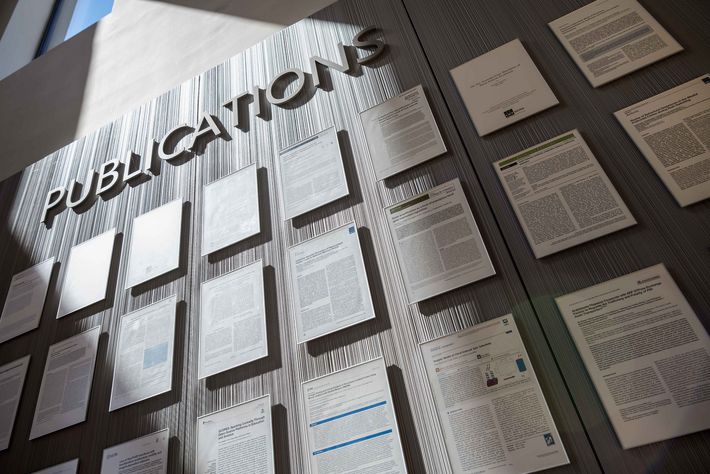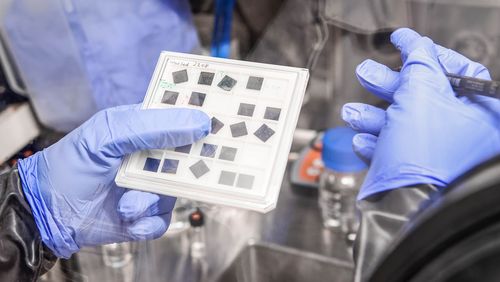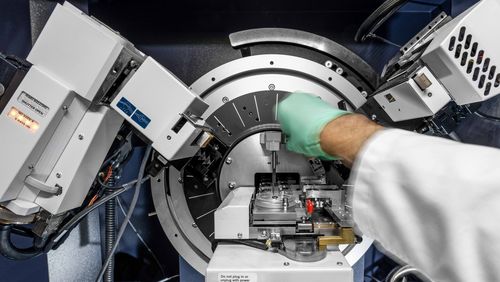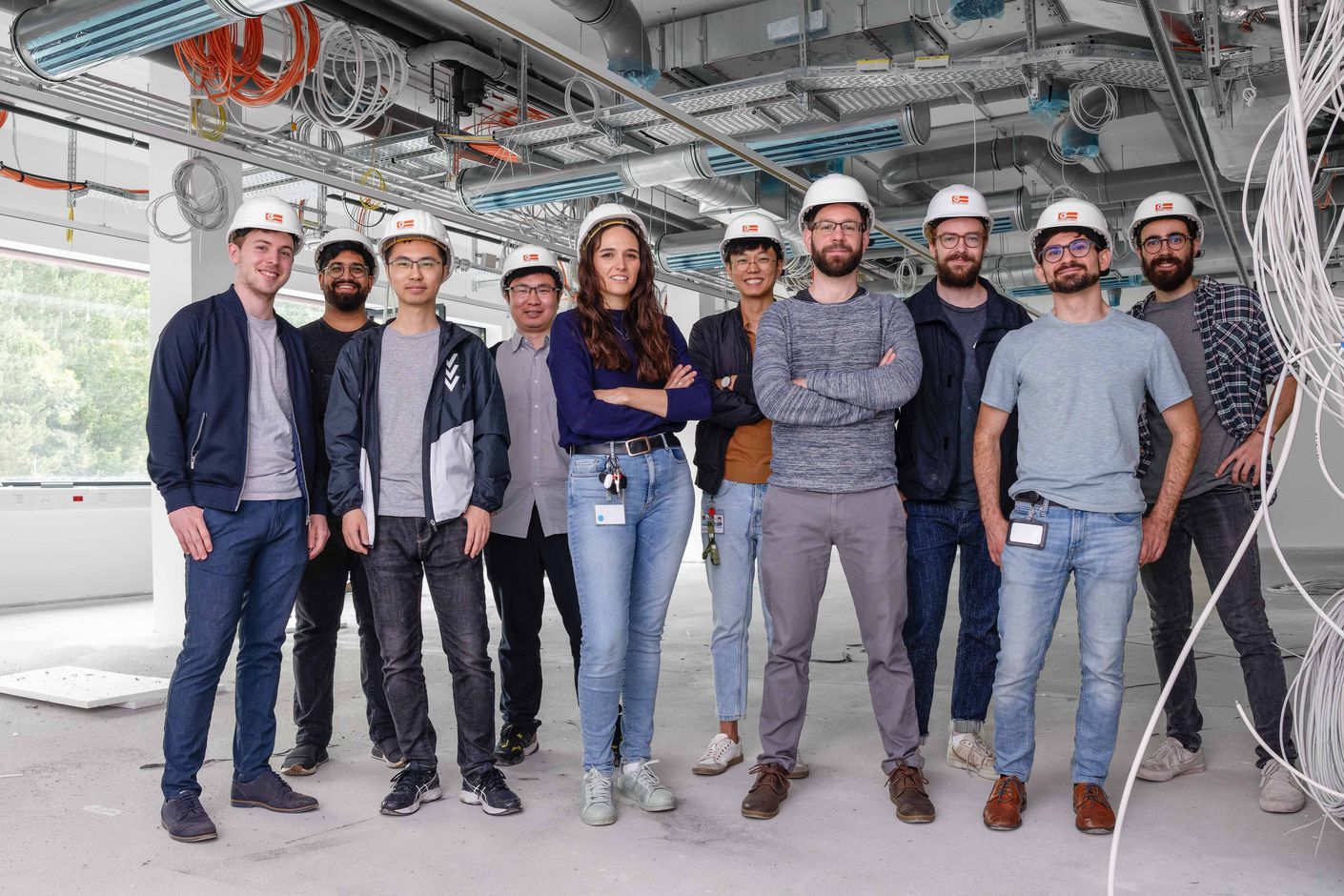
My success is your success
Luck had little to do with the fact that, in 2018, Maria Ibáñez was selected from a pool of 1 481 applicants and appointed to an assistant professorship at the Institute of Science and Technology Austria. She was chosen because she embodies the hallmarks of the young, yet already successful institution: multidisciplinary, state-of-the-art research combined with a respectful, cooperative, ethical and responsible approach.
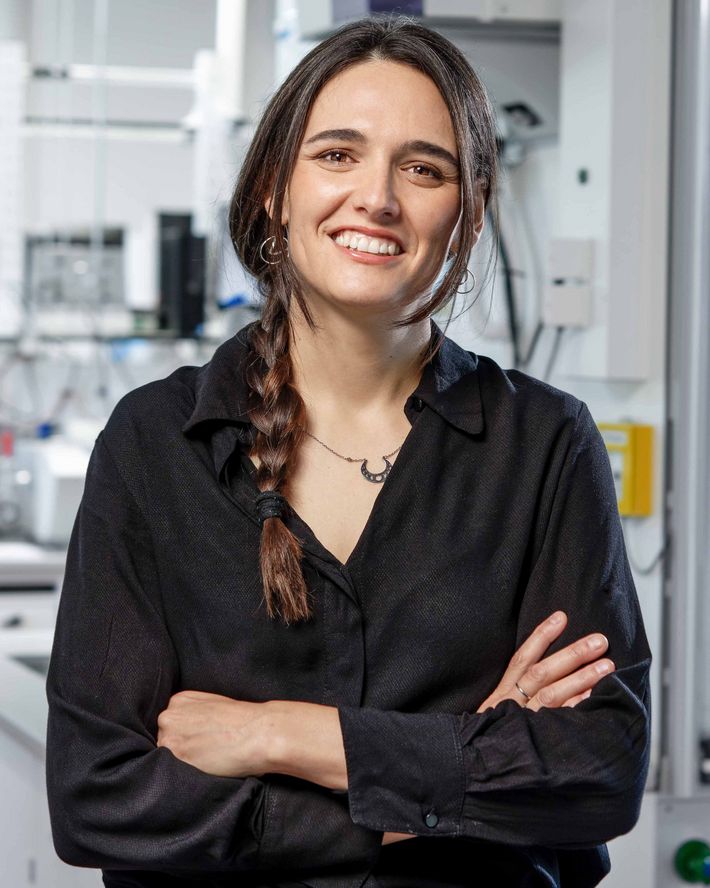
Maria Ibáñez is not afraid of leaving her comfort zone. While still a physics student at the University of Barcelona, she ventured out to attend the Institute for Nanoscience and Cryogenics in France, and during her doctoral studies, she was a visiting PhD student at a different American university every year: the University of Chicago in Illinois, Caltech in Pasadena, California, Cornell University in Ithaca, New York, and Northwestern University in Evanston, Illinois. To begin, solar cells were the focus of her doctoral thesis, but when she started working with a materials group that also explored thermoelectricity, her interests gradually shifted in this direction. In 2013, she completed her dissertation on the synthesis of new nanomaterials produced from nanocrystals, for which she received the Extraordinary Award, the highest accolade of the University of Barcelona. Afterwards she researched at the Catalonia Institute for Energy Research in Barcelona and, in 2014, took on a position at ETH Zurich in Switzerland to explore the surface chemistry of nanocrystals. Indeed, it is precisely the surface of nanoparticles that has proven highly important in the search for thermoelectric materials. At the end of 2016, Maria Ibáñez applied for a position at the Institute of Science and Technology Austria, submitting a research proposal on the fundamental transport properties of electrons and phonons in nanomaterials—expertise that is instrumental in designing novel thermoelectric materials. Her project stood out amongst the other 1 481 applications. Maria Ibáñez successfully completed a complex application process—including a two-day assessment interview—and was awarded a tenure-track assistant professorship at the end of 2018. That same year, she moved with her family from Zurich to Klosterneuburg, which is a 30-minute bike ride away from her new employer. “I grew up in a small village in Catalonia and would never have wanted to live in Vienna,” the physicist says.
Collaboration beats competition
In her role as assistant professor, Maria Ibáñez is one of 57 group leaders at IST Austria. If her work proves successful over the coming years, a tenured professorship will be the reward. But, as opposed to the situation at “ordinary” universities, she has no need to compete with her physics colleagues for one of the rare job openings. Indeed, the Institute of Science and Technology Austria promotes collaboration, not competition. The search committee selected Maria Ibáñez for the position of assistant professor because they believe in her work and her qualifications—and because they believe she will meet with success. To prevent her from being bogged down with other work, IST Austria has organised a team of specialists to assist Ibáñez in administrative tasks, including finances, procurements, recruiting and reporting. Everything has been arranged to ensure that the assistant professor can conduct her research and move on to a full professorship. IST Austria’s general approach to supporting their staff has the positive effect of fostering open collaboration among the various research groups. “It’s really true that colleagues at IST are also friends, and that we support one another by reading each other’s scientific papers and funding applications and by giving constructive feedback,” says Ibáñez. Barbara Abraham, deputy managing director at IST Austria, confirms this: “Our assistant professors aren’t in competition with their colleagues at IST—they measure themselves against the international scientific community.” When IST researchers publish their research findings in renowned scholarly journals such as Natureand make a name for themselves in their area of expertise, it also enhances the reputation of IST Austria.
The individual before the discipline
IST Austria plans to continue growing. The exact area in which this happens—whether in physics, mathematics, informatics or life sciences—is of lesser importance. Because the new research institution is not entrenched in traditional, hierarchical structures, it is free to pursue its own growth strategy, which emphasises the individual over the discipline. IST Austria fosters forward-looking researchers who embody the institution’s values, and whose thinking and approach to research is interdisciplinary, constructive and egalitarian. As such, IST Austria was mainly interested in hiring Maria Ibáñez, the outstanding physicist. A positive side effect is that her cutting-edge research provides the opportunity to establish the field of thermoelectricity at the institute.
International recognition
IST Austria is meeting with success. The European Research Council (ERC) has assigned the Austrian research institution a success rate of nearly 50 percent, which translates as a top position in the international ranking; moreover, IST has already acquired nearly 80 million euros in ERC grants. How has the comparatively small institution garnered this recognition? Barbara Abraham explains it as follows: “IST Austria and the European Research Council were founded at roughly the same time and have similar ideas about how to best recruit successful researchers.” Since its establishment 11 years ago, IST Austria has acquired third-party funds amounting to nearly 160 million euros. In addition to the increase in financial contributions, research quality at IST Austria is also reaching new heights. In scaled rankings of the highly respected journal Nature, IST Austria achieved the stellar ranking of third place. This means that IST Austria, in relation to its size, published the third-highest number of scholarly papers in major scientific journals. As such, it ranked ahead of the venerable ETH Zurich and the world-famous Massachusetts Institute of Technology.
“I’m no fan of rankings,” says Maria Ibáñez, “but this third place is very important for IST Austria. For a long time, the institute was nearly unknown in the global scientific community. This ranking has made it visible.”
Text: Brigitt Blöchlinger
Photos: Felix Wey
